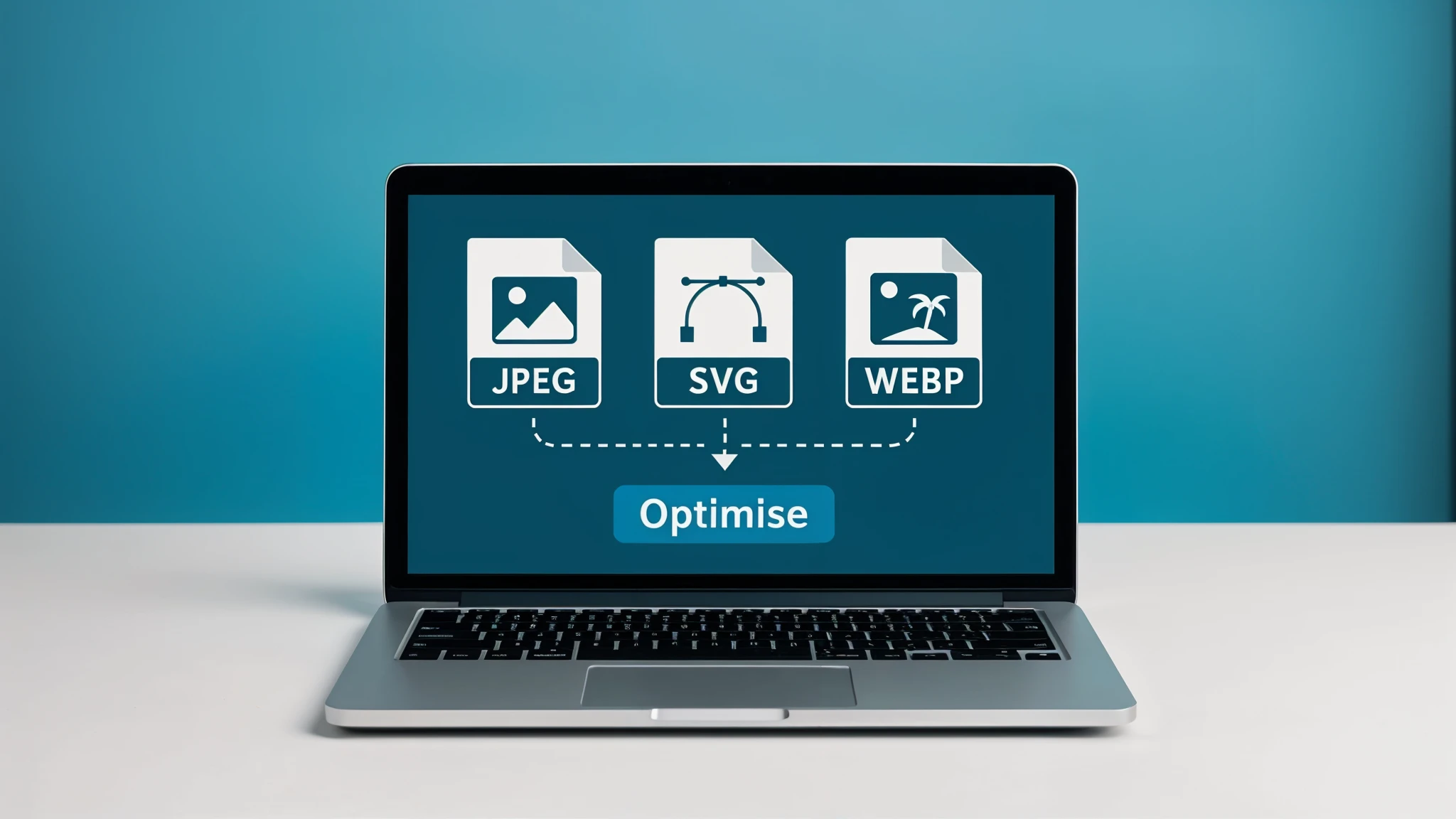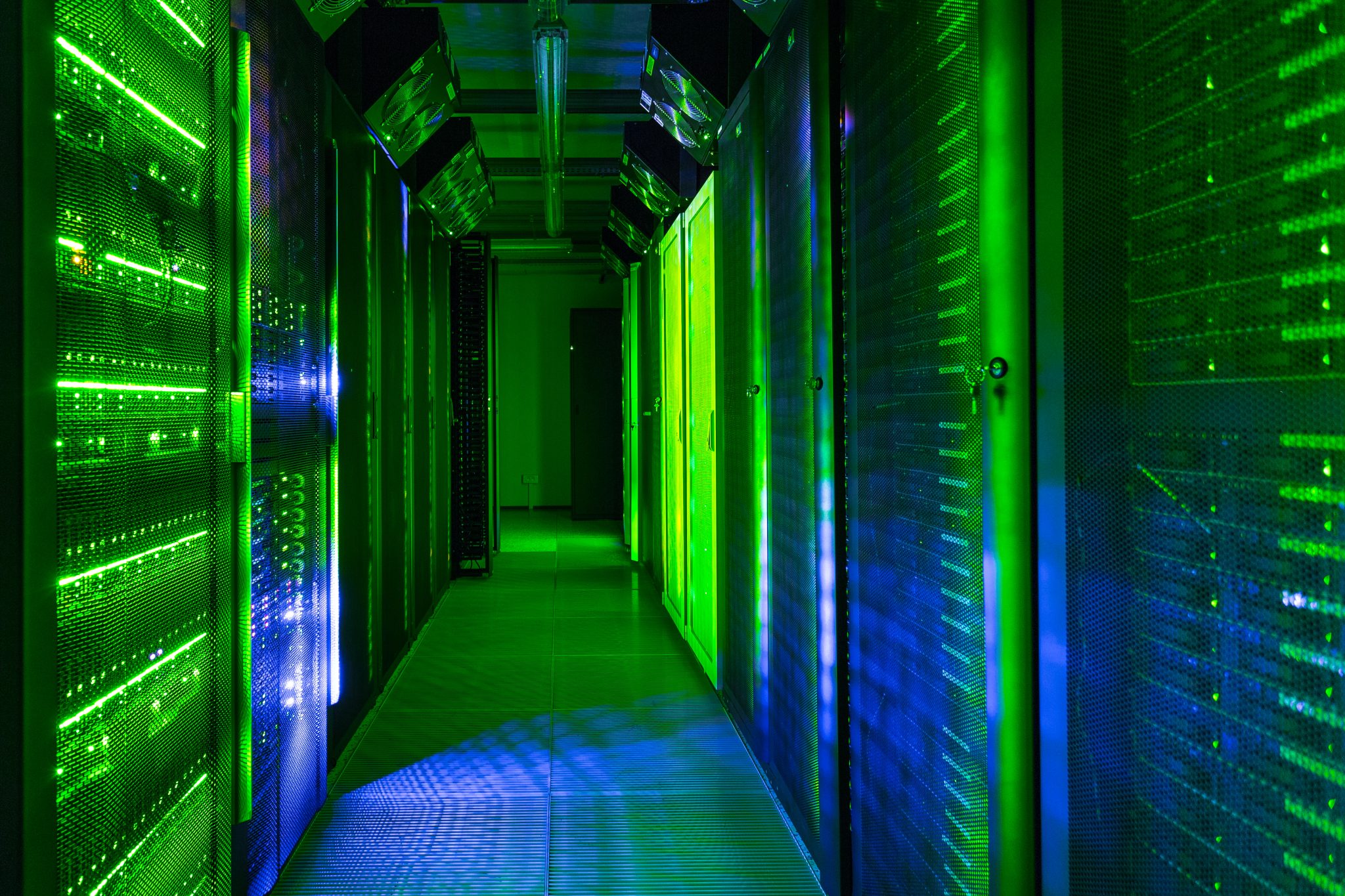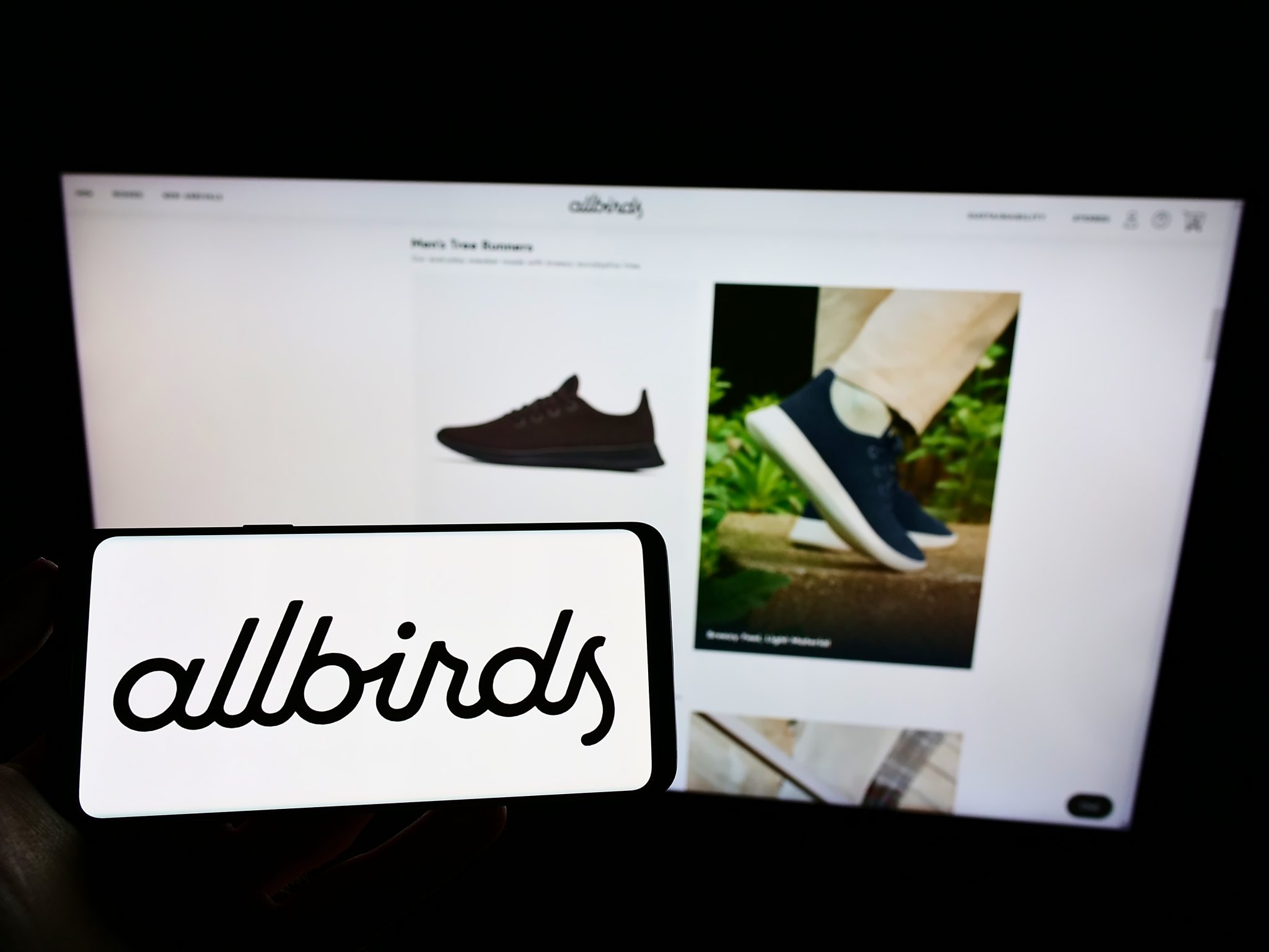When most people think about sustainability in graphic design, they tend to picture recycled paper, vegetable-based inks, or eco-friendly packaging. While these are all important aspects, a less visible – but increasingly critical – area of sustainability involves our online designs and digital content. Every website, email, and digital campaign contributes to carbon emissions. As designers, developers, and marketers, we have the opportunity (and responsibility) to minimise this digital environmental impact.

Why Digital Sustainability Matters
Digital sustainability refers to creating and managing online content and platforms that minimise their environmental footprint. While the digital realm might feel intangible, it’s powered by very real servers, data centres, and internet infrastructure – all of which consume significant amounts of electricity. In fact, global internet use generates emissions comparable to the airline industry.
As graphic designers, web developers, and digital marketers, we’re uniquely positioned to reduce this impact. By adopting sustainable digital design practices, we can significantly lower carbon emissions, set industry standards, and help clients become more environmentally conscious.
Here are some key steps you can take today:
Optimise Images for Sustainability
Choose the right file formats
Images and videos can be some of the biggest culprits in website emissions. By selecting appropriate file formats and compressing images effectively, we can reduce the amount of energy needed to load pages.
- JPEG and WebP: These file formats provide excellent image quality at smaller file sizes. For instance, converting PNG images to WebP can reduce file sizes by up to 30%.
- SVG files: For logos and icons, SVG files load quickly and scale beautifully without increasing file size.

Real-world examples:
- Tools like TinyPNG or ImageOptim automatically compress image files without sacrificing quality.
- As a general rule, Ethical Design Co.’s (EDCo) clients’ websites use optimised WebP images for faster loading and lower emissions.
Choose Green Web Hosting Providers
Web hosting companies differ greatly in their environmental impacts. Some use renewable energy or offset their emissions, greatly reducing the carbon footprint of the websites they host.
- Green web hosting providers: These companies operate servers powered entirely by renewable energy or purchase carbon offsets to neutralise emissions.
- Data centre efficiency: Select hosting providers committed to modern, energy-efficient infrastructure.

Real-world examples:
- Digital Pacific is an Australian hosting provider that runs data centres powered by renewable energy, significantly reducing website emissions. At EDCo., we recommend and offer hosting through Digital Pacific for all our Australian-based client websites.
- GreenGeeks is another reputable global provider that offers green hosting solutions by purchasing three times the energy their servers consume in renewable energy credits.
Simplify and Streamline Web Design
Clean, streamlined websites aren’t just visually appealing – they’re also better for the environment. Less cluttered designs load faster, require fewer server resources, and use less electricity.
- Limit animations and videos: Only use video and animated elements when necessary, as they significantly increase loading times and energy use.
- Use minimalist design: Clear navigation, fewer pages, and a simplified user journey mean less energy is spent loading unnecessary content.
Real-world examples:
- Everlane’s minimalist website structure ensures swift load times, improving user experience and reducing emissions.
- Websites like Patagonia effectively use simple, streamlined designs aligned with their sustainability ethos, offering efficient, low-emission browsing.
- Allbirds, known for its commitment to sustainability, also adopts minimalist web design, ensuring quick load times and reduced digital emissions.

Embrace Efficient Web Coding Practices
How websites are coded can significantly impact loading times and server energy consumption. Cleaner, leaner code can greatly enhance a site’s sustainability.
- Minimise CSS and JavaScript: Keep code lean and efficient by eliminating redundant scripts and unnecessary plugins.
- Optimise for mobile first: Mobile-first coding often results in leaner code and faster load speeds across all devices.
Real-world examples:
- At EDCo., the websites we build in WordPress use minimal plugins and carefully streamlined code, ensuring fast, energy-efficient performance. Similarly, the websites we create in Webflow are optimised for clean structure and lean loading, helping reduce digital emissions while maintaining a polished user experience.
- Tools such as Google’s PageSpeed Insights or Lighthouse can help audit code efficiency, highlighting areas to improve. You can also use SEMrush Site Audit to assess technical performance and uncover deeper optimisation opportunities.
Educate Clients About Digital Sustainability
Helping clients understand the importance of digital sustainability is crucial. Often, clients are unaware of how their digital presence contributes to environmental impact.
- Provide data and insights: Clearly demonstrate how sustainable practices can enhance their brand’s credibility and reduce their carbon footprint.
- Offer practical solutions: Present tangible strategies clients can adopt, highlighting both environmental benefits and improved user experience.

Real-world examples:
- Tip: Make sure your chosen digital agency routinely addresses digital sustainability in client briefings, clearly demonstrating its tangible benefits. This is standard practice at EDCo.
- Providing carbon footprint assessments through tools such as WebsiteCarbon.com helps clients visualise their website’s environmental impact clearly.
Lead by Example
As designers and digital creators, we have the unique power to influence sustainable practices in our industry. By proactively adopting and advocating for digital sustainability, we encourage others to follow suit.
Digital sustainability is an emerging but increasingly essential aspect of modern design and marketing. Embracing these principles not only reduces our ecological footprint – it sets us apart as forward-thinking professionals, aligned with the values of a conscious, environmentally responsible audience.
We take this a step further by offsetting the carbon footprint of our client projects through tree planting. Since our inception, we’ve partnered with Fifteen Trees to support reforestation efforts across Australia, helping to counterbalance the environmental impact of our digital and print work and contribute to long-term climate resilience.
At EDCo., sustainability isn’t just about creating beautiful visuals or printing on eco-friendly paper – it’s about contributing to a better world for future generations through conscious design and sustainable business practices.
Ready to take your digital sustainability to the next level to explore how we can make your digital presence more eco-friendly?
Or explore more green resources on our website: